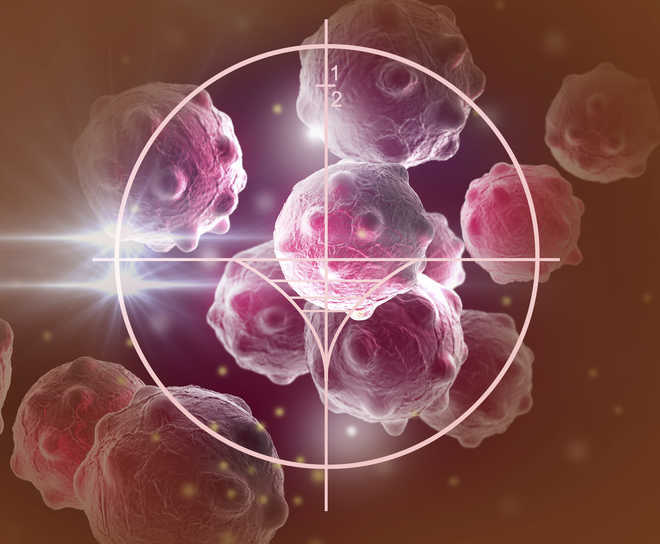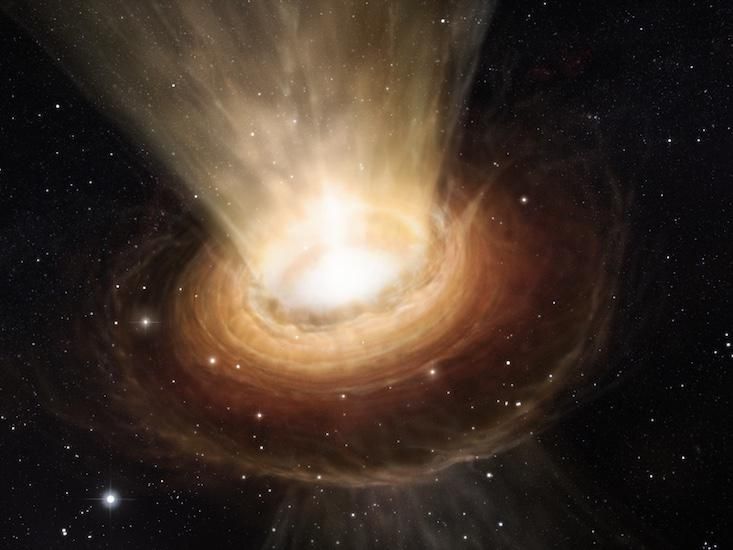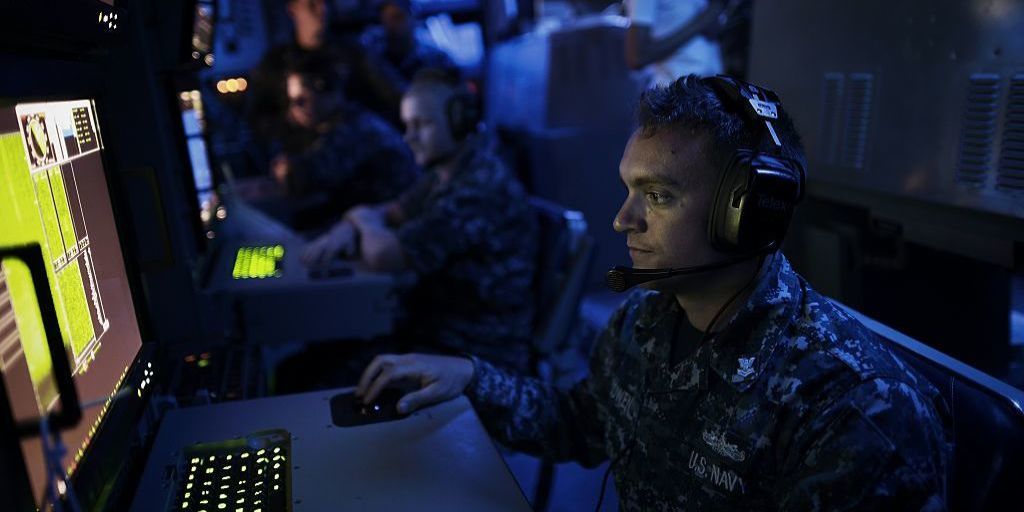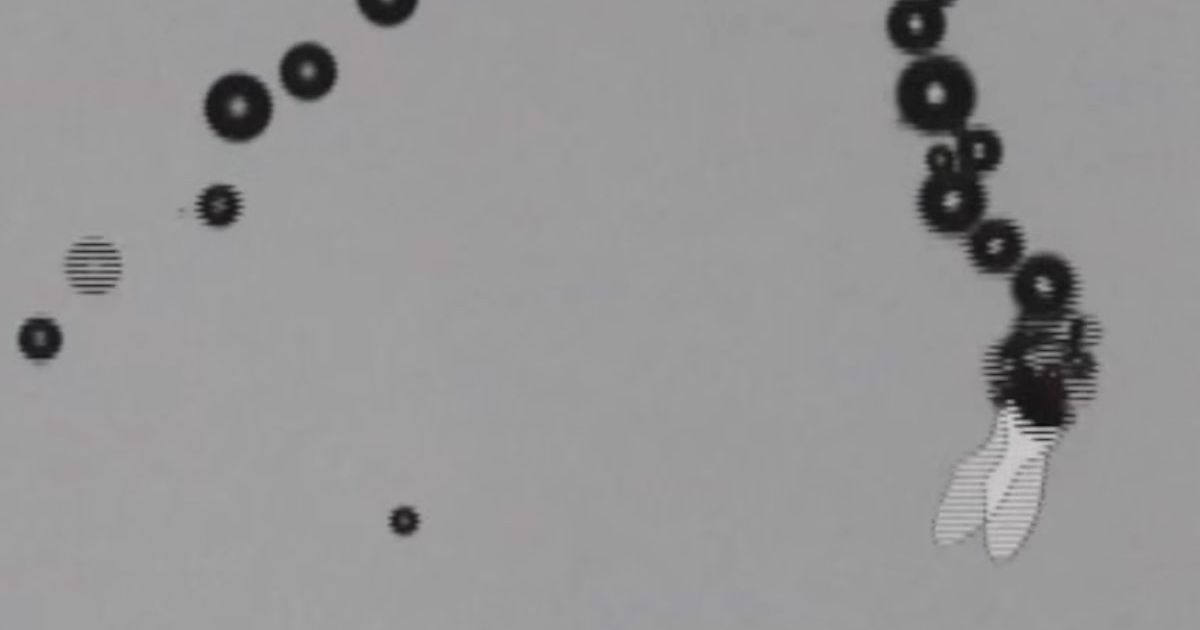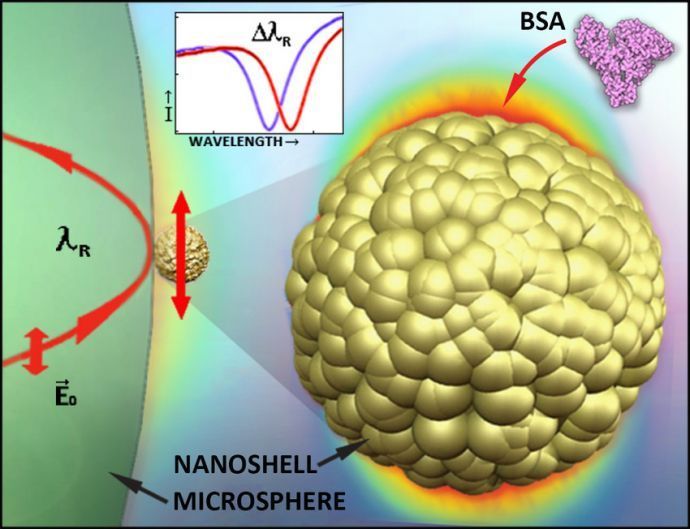Sep 13, 2016
Fear Of Russia Drives Sweden Closer To NATO
Posted by Karen Hurst in categories: government, policy
Wow; Europe is growing more nervous.
WASHINGTON: The Russian threat has driven Sweden so close to NATO that the once-neutral nation is becoming an ally in all but name. While the current Swedish government won’t apply for NATO membership — a position it just reiterated Friday — every other kind of collaboration is not only on the table, but actually happening more and more.
Recent agreements are bringing Sweden into NATO policy councils and wargame planning in unprecedented ways. Sweden is building up its forces to keep an ever closer watch on Russia both in the Arctic and the Baltic. A Host Nation Agreement — signed just months after Russia’s annexation of Crimea — makes it easier for NATO to operate in Swedish territory (if invited). Sweden has even sent troops to Afghanistan. With friends like these, who needs formal allies?
Continue reading “Fear Of Russia Drives Sweden Closer To NATO” »


